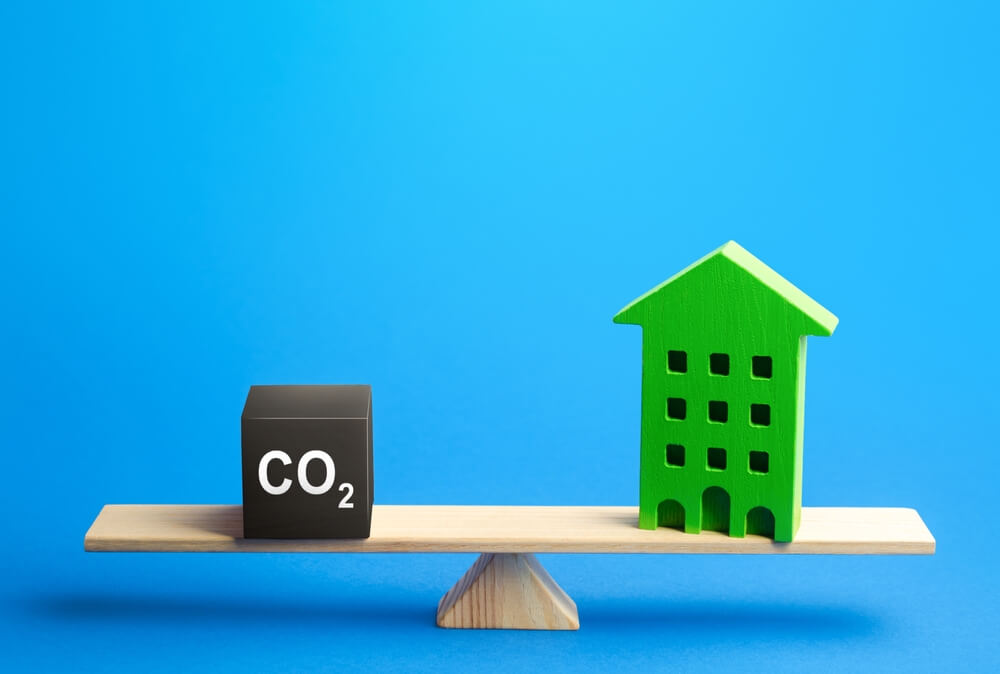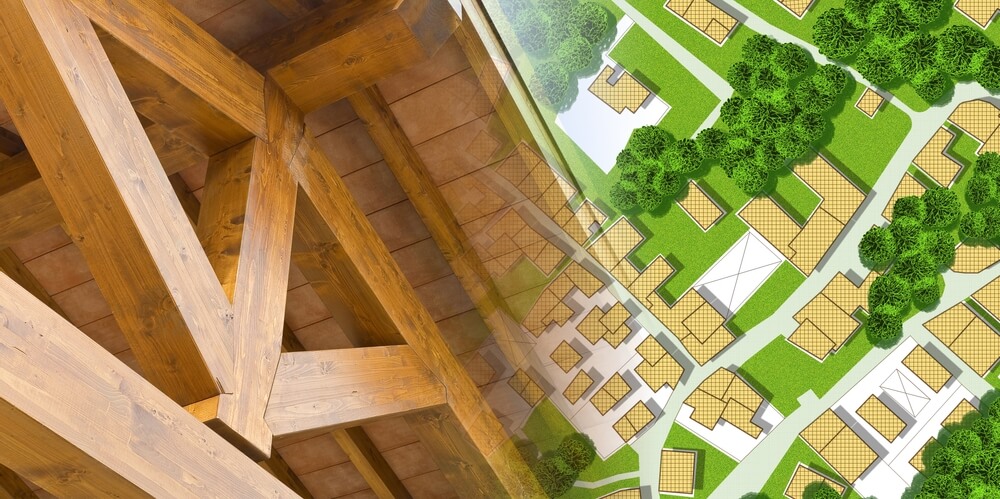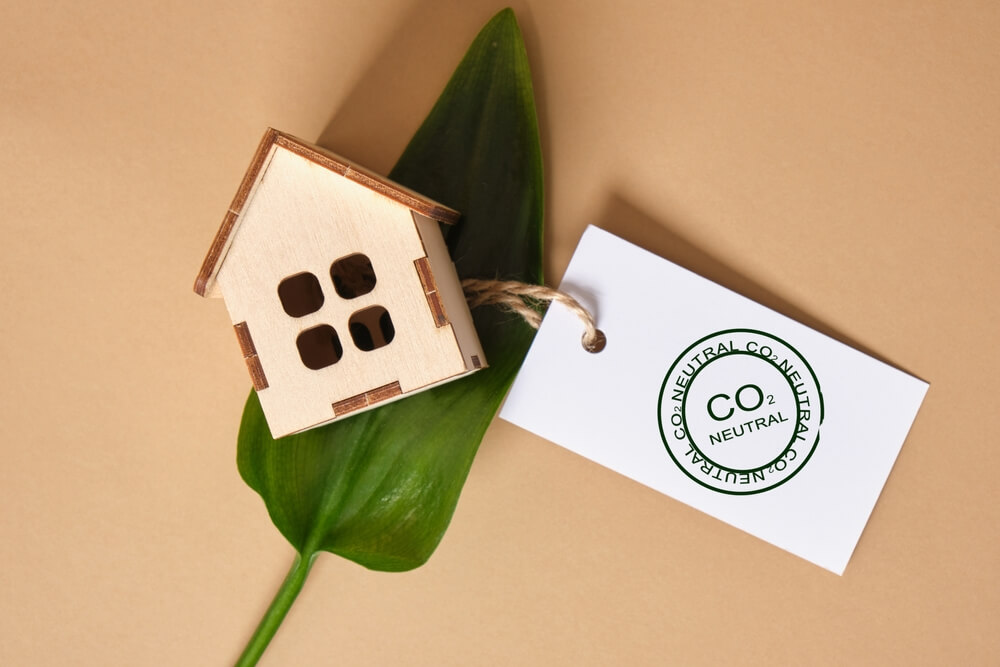The term “carbon-neutral building” has gained popularity in the construction sector for two main reasons. Governments and the general public are under pressure to combat climate change, which requires reducing carbon emissions. Carbon-neutral construction makes this possible. Even if the initial investment costs are slightly higher, building owners also benefit from green buildings. Carbon-neutral buildings, in particular, use significantly less energy, resulting in cheaper utility bills.

A building is considered carbon neutral if no greenhouse gases that contribute to climate change are emitted during its design, construction, or use. Reducing harmful greenhouse gas emissions from the construction sector significantly supports the state’s climate goals.
Focus areas of decarbonization are energy efficiency, electrification, and interactive grid load management.
Energy efficiency: reduced energy consumption necessary to perform meaningful work.
Electrification: the process of replacing existing fossil fuel heating, cooling, hot water, cooking, and laundry systems with highly efficient electrical equipment and systems.
Grid-integrated buildings: a building that is energy efficient and uses smart technology and on-site distributed energy resources (DER) to provide demand flexibility with continuous and seamless co-optimization of energy costs, network services, and tenant needs and preferences.

Features of a carbon-neutral building include the following:
- Maximized energy efficiency
- No burning of fossil fuels for energy services in buildings (fully electric end-use)
- Electricity production with zero emissions; this may include on-site renewable energy sources, solar or local wind turbines
- Designed with flexible load and/or storage that can respond to grid conditions
- Resilience measures protect the building’s occupants
- Designed with built-in carbon and refrigerants in mind

Buildings that are carbon neutral also offer a number of additional benefits, such as:
- Safety
- Increased resistance
- Minimized liability
- Future-proofing
- Health benefits
- Maximized usable square footage
- Tenant comfort
The principle of carbon-neutral construction focuses on buildings that reduce carbon emissions during their life cycle. Low-carbon buildings are considered high-performance buildings. A high-performance building optimizes primary features, which include energy conservation, sustainable design practices, functional aspects, cost-effectiveness, safety, security, productivity, and operations which are high-performance variables.

In order to preserve the environment and improve overall quality, Serbian Build Fund LLC will try to recognize and help in the construction of such facilities within its own projects and thus improve the living conditions of each individual.



